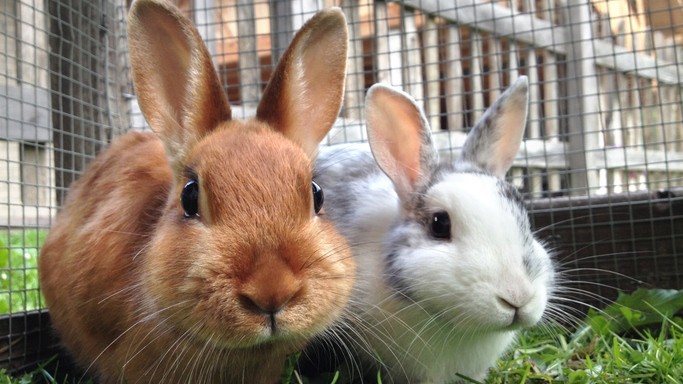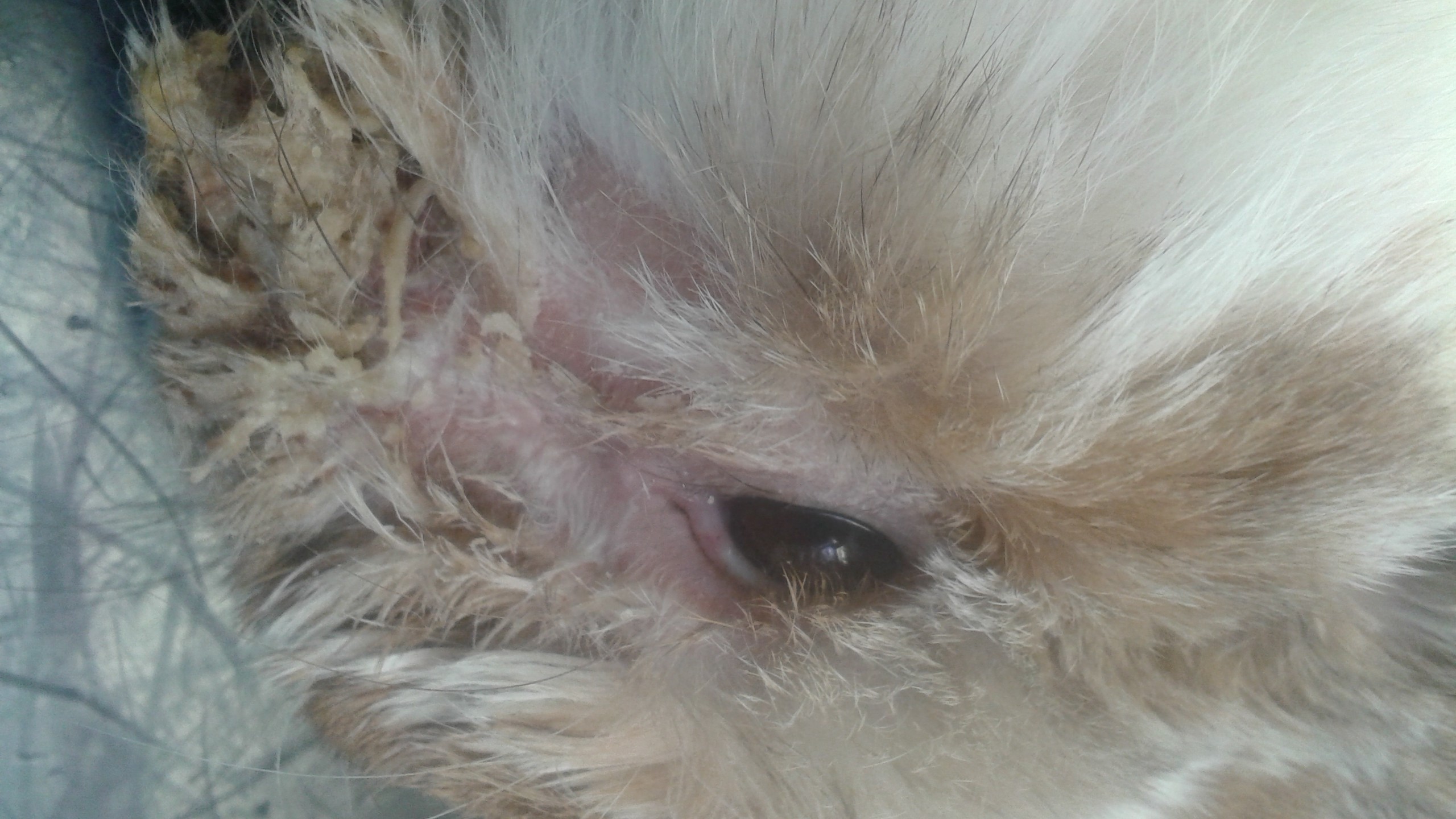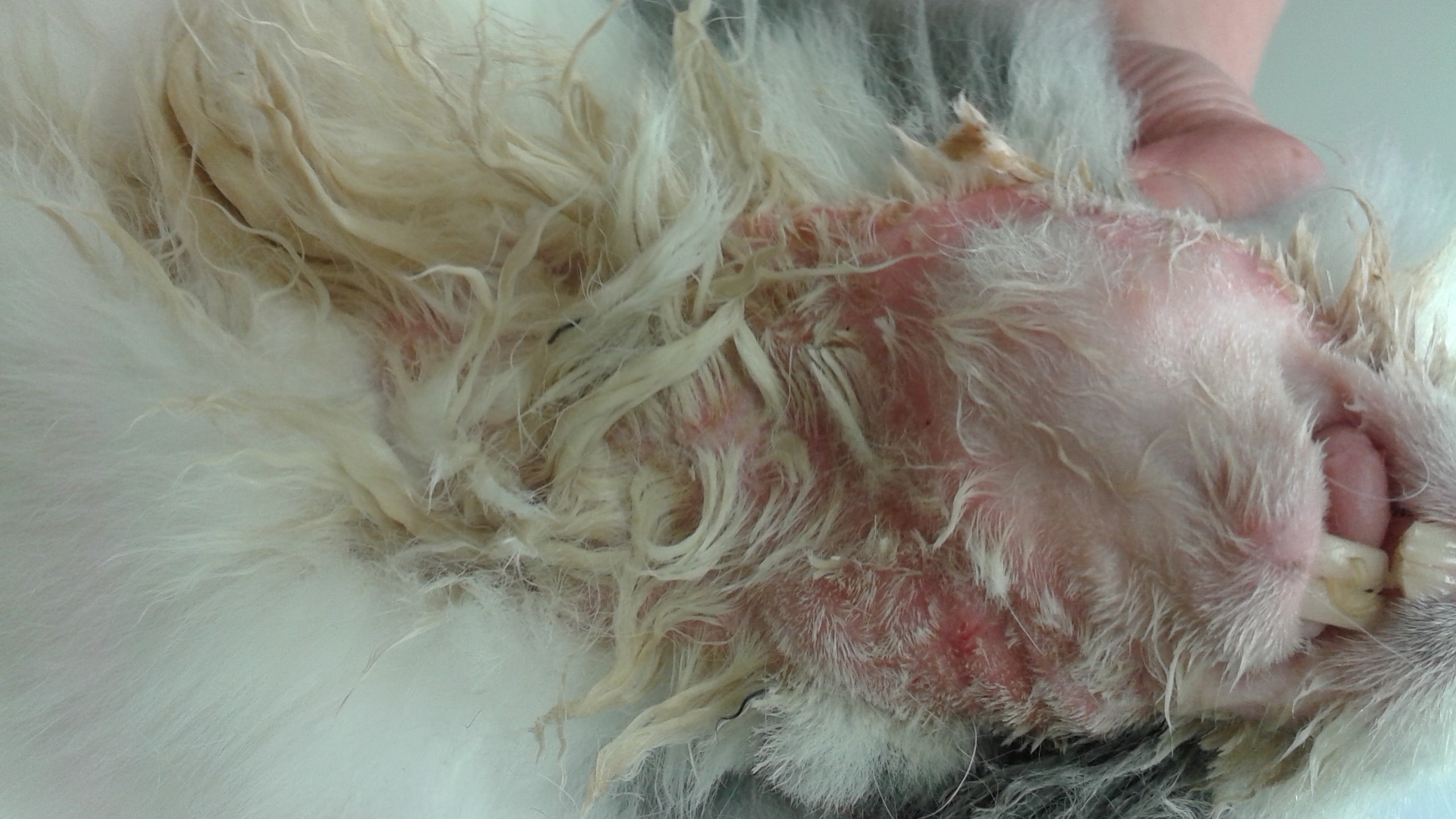How to spot five common rabbit diseases
Spotting the signs of common rabbit diseases is essential to help ensure that early treatment is implemented

Rabbit diseases can be difficult to spot. As a prey animal, rabbits will naturally try to hide signs of illness or disease. This stems from their wild instincts, whereby a sick rabbit is easy prey out in the wild. Pet rabbits have retained this survival mechanism, which can make spotting the signs of illness or disease more difficult, if you’re not sure what to look for.
Typically, the earlier in the disease process that treatment is started, the more likely it is that a favorable outcome will be achieved.
You should take your rabbit to a rabbit-savvy vet if you suspect they are showing any signs of illness; leaving them just a few hours can, in some circumstances, be detrimental.
Let’s look at five of the common health problems that affect rabbits.
- Best rabbit hutches
- Best rabbit rruns
- Best rabbit toys: Make sure you never have a bored bunny
1. Gastrointestinal (GI) stasis
This is a condition where the rabbit’s digestive system slows down or completely stops. While this may not always be a medical emergency in some other species, such as dogs and cats, rabbits require a constant throughput of food in their digestive system.
Signs that a rabbit’s GI tract is slowing down include eating less food or nothing at all, smaller, misshapen droppings, or no droppings being produced. The rabbit may sit hunched up in a corner, or grind its teeth harshly in pain. Its abdomen may be enlarged and bloated (see below) and without prompt veterinary treatment, the condition can be rapidly fatal.

2. Dental disease
Rabbits may suffer from dental disease, either with its incisor (front) or molar (back) teeth, or a combination of both. This is often due to an incorrect diet, but some rabbits may be born with dental disease.
Get the best advice, tips and top tech for your beloved Pets
Depending upon what teeth are affected, the rabbit may show any of the following signs:
Your rabbit may display one or a mix of these signs. Dental disease is often a lifelong problem. Your vet may recommend dietary alterations if this is a contributing factor, and you will need to ensure you are able to recognize the signs as early as possible and take your rabbit to a vet for treatment.
3. Cheyletiella parasitovorax
This is the rabbit fur mite, and is often called “walking dandruff” as it is sometimes possible to see the mite moving with the naked eye. The mites live on the skin and cause crusting and scaling. It is thought that most pet rabbits carry the mites and don’t show any signs, but when the rabbit’s immune system is compromised – either through another illness or stress – or normal grooming isn’t possible, then the mites’ numbers can multiply and get out of hand.
The first signs on your rabbit are usually small patches of dry, white, crusty skin between the shoulder blades and extending down the spine. When left to advance, the condition becomes extremely irritating for your rabbit, and patches of fur may fall out.
The mite is also transferable to humans, so affected rabbits may pass it on to their owner, although the condition tends to resolve in humans once the rabbit has been successfully treated.

4. Pododermatitis
This is the name given to sore hocks. These normally affect the bottom of the back feet and are more common in certain circumstances, such as in rabbits that are overweight; house rabbits kept on carpet, which causes friction; Rex rabbits, whose fur is thinner on the bottom of the feet; and rabbits with nails that are overly long, which forces the foot to tip backwards, placing more pressure on the point of the hock.
Initially the area may appear as a pink, bald patch, but if left untreated, and the underlying cause/s are not addressed, the condition will advance. This could lead to large, red or open/bleeding sores on the back feet, which may also affect the front feet if the rabbit tries to alleviate the pain by taking weight off the back feet.
5. E. cuniculi
This is a parasite that primarily affects the brain and kidneys. It is estimated that 52 percent of pet rabbits are infected with the parasite, but many never show any clinical signs and are able to keep the infection under control.
But when the rabbit’s immune system is placed under stress, this may give the parasite the opportunity to ‘activate’, causing signs – although these can also be attributed to several other diseases that rabbits suffer from.
Signs of an active E. cuniculi infection may include:
- A head tilt
- Rolling around
- Urinary incontinence/scalding
- Excessive drinking
- Cataracts
- Seizures
- Paralysis or paresis (weakness)
- Or a mixture of these
Sometimes, sadly, the rabbit can suddenly die. If you notice any of these signs, you must take your rabbit to your vet straight away.

Observe your rabbits daily
In order to know what is abnormal for your rabbits, you need to know what is normal. Watch them when they are eating and drinking each day, and observe the amount and size of droppings they usually pass. Monitor them as they move around, and observe how they sit and react to each other and yourself. Knowing what is normal will make spotting the subtle signs of illness and disease much easier.
Being aware of what signs of common diseases to look out for is imperative to your rabbit’s overall health and welfare. Often, by the time a rabbit shows obvious signs, it is further along in the disease process and may have been ill for some time but has managed to hide the signs until it’s reached a level point where that is no longer possible. Treatment is more likely to be successful if started earlier in the disease process.
Claire Speight writes on behalf of the Rabbit Welfare Association and Fund (RWAF).
Claire currently works in Kettering as a Head Nurse in a practice with a high rabbit caseload, as well as frequently lecturing and writing on rabbits to both veterinary professionals and owners.

